Rethinking Solar O&M: Why Current Cost Models Fall Short
The Top 3 by E3
Rounak Kharait, E3's Executive Director of Solar, and Daniel Tarico, E3's Director of Renewables, discuss solar O&M cost models, suggesting that they need to be changed and made more realistic to reflect the true lifecycle maintenance requirements of utility-scale projects. Some of the highlights of the podcast are shown below:
• Daniel brings expertise from metallurgy, construction, and tracker manufacturing to solar O&M discussions
• Early solar financing models incorrectly assumed minimal maintenance would be needed throughout project lifetimes
• Solar plants experience increasing failure rates and maintenance costs as they age, similar to automobiles or other mechanical products
• Standard assumptions ignore the wear-out aspect of aging equipment
• Without the ITC, economic models must shift to focus on long-term performance and realistic maintenance budgeting
• Projects in markets where production is the primary value driver need more accurate revenue and OPEX models
• Major equipment can last a long time if designed well and properly maintained
If you have questions or suggestions for future podcast topics, please reach out at to us at e3co@e3co.com. The full white paper on this topic is available for download on our website .
Series Episode Four: PVsyst Parameters
The Top 3 by E3
In this final episode in the PVsyst series, Daniel Tarico and Frances Plourde discuss the impact of system design on photovoltaic (PV) system modeling, focusing particularly on shading losses and module mismatch within the context of using the PVsyst software.
Frances also covers light-induced degradation (LID), which happens when PV modules are first exposed to sunlight, particularly affecting crystalline silicon modules with certain dopants. LID is a one-time effect but can reduce module efficiency by 1-3%. This factor must be accounted for when designing and modeling PV systems, especially for long-term performance projections.
The conversation highlights the importance of considering the long-term effects of module degradation, mismatch losses, and shading when designing and financing PV systems.
Series Episode Three: Understanding PVsyst Reports
The Top 3 by E3
In the third episode of the PVsyst series, Daniel Tarico and Frances Wilberg-Plourd from E3 discuss the interpretation of PVsyst reports and how they relate to PV system energy estimation, specifically focusing on how PVsyst calculates energy production using statistical probabilities.
Key points:
- PVsyst Report Overview: The report begins with system inputs such as equipment, location, orientation, and shading factors, and then presents energy estimates, including monthly generation based on climate data. The final report includes an energy waterfall diagram showing energy production and losses on both the DC and AC sides of the system.
- P50 and Probabilistic Estimates: The P50 value represents the long-term average expected energy production. It's based on probabilistic modeling, considering weather variability. The system's actual performance will, in some years, exceed or fall short of the P50 estimate, with a 50/50 chance of being above or below the predicted value.
- Other Probabilistic Levels (P75, P99): Other probabilities, like P75 and P99, indicate more conservative estimates. The P99 represents energy production that the system is expected to exceed in 99% of years. These are useful for ensuring energy and revenue guarantees.
- Degradation and Performance Tracking: Module degradation typically leads to a half-percent annual decrease in energy production, impacting long-term projections. If system production drops faster than expected, it might indicate issues requiring attention.
The episode emphasizes the importance of accurate and up-to-date data in PVsyst reports to ensure reliable energy and financial forecasts.
Series Episode Two: Climate Data in PVsyst
The Top 3 by E3
Daniel Tarico and Frances Wilberg-Plourde delve into PV system modeling, specifically focusing on using climate data in PVsyst software. The discussion covers how climate data, such as irradiance, temperature, and wind speed, are critical for modeling PV system performance and affect energy production. The data is typically provided in an 8760 format, representing each hour of the year.
Frances explains that PVsyst relies on typical meteorological year (TMY) files, which aggregate data from several years to represent an average year. These files are compiled from various data sources, each with its own methods and algorithms for processing weather data, including satellite and ground-based measurements.
Three primary climate data sources are discussed: the National Solar Radiation Database (NSRDB), Meteonorm, and Solar Anywhere. The NSRDB offers free data with decent accuracy, though it tends to underestimate irradiance and is not recommended for final modeling. Meteonorm, a paid service, offers synthetic data that can be useful for preliminary models but may not be precise enough for financing decisions. Solar Anywhere is considered the most accurate but comes with a cost, providing high spatial and temporal resolution data, which is especially useful for detailed production estimates and project evaluations.
Key takeaways include the importance of using location-specific data for accurate modeling, understanding the differences between data sources and their methods, and the potential benefits of paid data services for high-accuracy predictions, particularly for long-term financial planning.
An Introduction to Photovoltaic (PV) Solar Modeling and Three-Part Overview of the PVsyst Model
The Top 3 by E3
Join Daniel Tarico and Frances Willberg Plourde as they kick off a discussion regarding the range of PV solar modeling programs available today. In this introductory episode, they explore the key differences between tools, setting the stage for a deep dive into PVsyst, the industry-standard software for PV system modeling. In a series of three following episodes, they provide an overview of PVsyst's capabilities, focusing on essential features that can help you design a customized model tailored to your specific PV project. Follow-on episodes in the series include:
Series Episode 2: PVsyst – Climate Data Sources
Series Episode 3: PVsyst – Interpreting Reports
Series Episode 4: PVsyst – System Parameters
Choosing the Right Inverter in 2025: Central vs. String
The Top 3 by E3
Ever wondered if central or string inverters are the way to go for your solar project? Join host Daniel Tarico, E3 director of renewables and Mike Kosmersky, E3 Consulting's head of field engineering services, as they discuss the impact of project size and location on inverter choice, sharing tales from our own experiences, including a one-megawatt project in rural India. They reflect on the importance of serviceability, reliability, and the changing landscape of inverter capacities, challenging the once-clear definitions of "central" and "string." Whether you're deep into the world of renewables or just curious about solar tech, this episode shines a light on the crucial decisions shaping solar energy today.
Shifting Conversations: Updates on ESG, Part 2
The Top 3 by E3
Learn how Environmental, Social, and Governance (ESG) regulations are changing, with insights from Carol Ho, Executive Director of Environmental Services at E3. Carol and podcast host, Al Rettenmaier, Managing Director of Oil, Gas, Chemicals, CCS, and Hydrogen discuss the SEC's new climate disclosure rule, upcoming legal challenges, and how it might affect businesses. Carol also explains how the Inflation Reduction Act is reshaping project financing with incentives and tax credits, especially for environmental reviews. Carol and Al also discuss global efforts like the Equator Principles to standardize ESG practices and examine the role of ESG scores in business performance.
Additionally, they explore why ESG metrics are becoming essential in business strategies and investments, especially in renewable energy projects. Carol shares advice on evaluating social and environmental impacts, from supply chain sustainability to risks like flooding and wildfires. The episode also highlights the EU's new Corporate Sustainability Due Diligence Directive, signaling a global move toward mandatory ESG assessments. As ESG factors become key in business decisions, this episode offers valuable insights for anyone navigating the changing ESG landscape. For more, visit our website at www.e3co.com.
The Present State of PV Solar Recycling
The Top 3 by E3
Join the conversation as we sit down with Francis Willberg, a Photovoltaic Analysis Engineer with E3, who discusses the challenge of solar panel retirement. As we approach a staggering 1 million metric tons of photovoltaic waste by 2030, discover how the industry is grappling with the financial and technological puzzles that come with recycling the complex "panini-like" layers of PV modules. In this episode, Frances and Al Rettenmaier, host of the Top 3 by E3 podcast, reveal how the development of bifacial modules and the reuse of still-functional panels can play pivotal roles in propelling us toward less waste. Learn about the proactive measures that are being taken to design new modules that are easier to recycle and how efficiency, reuse, and advanced recycling methods are steps helping with this effort.
A 101 on Electric Vehicles
The Top 3 by E3
E3's Managing Director, Ginger Elbaum, and Energy Storage Owner's Engineer, Jason Han, discuss Electric Vehicles in this first episode in the EV series. During this podcast, Jason and Ginger talk about the different types of electric vehicles: light- and heavy-duty, and the opportunities and challenges of adopting electric vehicles and the associated infrastructure.
Since this is a podcast about the top three takeaways, Jason provided his top three:
1) EVs are coming and so is the charging infrastructure and there's gonna be a lot of opportunities for us to improve on that.
2) As part of that infrastructure, there will be a lot of new ideas and innovations coming in that we'll have to adopt to keep up with the industry.
3) EVs provide a huge benefit to the United States and local hometowns in terms of air quality and sound in our local neighborhoods.
Trends Impacting the Renewable Energy Sector
The Top 3 by E3
Electric Grid Disturbance Trends: The Evolving Reliability Landscape
The Top 3 by E3
In the most recent episode of The Top 3 by E3, E3's Managing Director, Ginger Elbaum, discusses the changing regulatory landscape for participants in the power industry with John Schmoker, Project Manager for NAES NERC Services. John specializes in NERC protection and modeling standards and joins Ginger to talk about some recent grid reliability trends and what those could mean for the power industry.
For an accompanying document showing highlights of the podcast, please go to: https://www.e3co.com/wp-content/uploads/2022/05/E3-Podcast-Grid-Disturbance-Trends_5.18.pdf
For additional information about E3 or NAES NERC Services, please contact Ginger Elbaum at ginger.elbaum@e3co.com.
The Latest Developments in ESG
The Top 3 by E3
Increasingly, shareholders and stakeholders want to know that the companies they are investing in share their values of sustainability and equity, and do not have ties to corruption, environmental destruction, or human rights abuses. These are not only ethical and humanitarian issues but pose financial risks as well. In this podcast, E3 dives into the context and anticipated regulatory changes in this area, with Carol Ho, E3’s environmental engineer.
One of the most compelling developments is the movement toward standardizing ESG metrics, which will be further solidified by the release of proposed rules from the Securities and Exchange Commission (SEC) regarding climate disclosures from public companies. Listen as Carol and Ginger discuss the SEC rules, reaction to the proposed rules, and ESG trends in other parts of the world.
Highlights from the Energy Storage Summit 2022
The Top 3 by E3
In this episode of The Top 3 by E3, Ginger Elbaum, host of the podcast, and Chris Wright, E3's Energy Storage Executive Director, discuss highlights from the Energy Storage Summit held in Austin, Texas on March 23-24, 2022. E3 Consulting was proud to be a sponsor of the event and honored that Chris participated in two of the Summit's panels.
Energy Storage Market Trends: Lithium-Ion Batteries
The Top 3 by E3
In this fast-moving discussion about energy storage, E3's Ginger Elbaum and Chris Wright talk about the trends that E3 is seeing in the marketplace, particularly with regard to lithium-ion batteries. Chris notes that the top three trends he sees are the following:
1) The Age of Energy Storage is here. Market structures (i.e. state incentives - ISO RTO are changing, FERC is changing the grid and the way we interact with the grid and the way we consume energy, etc.).
2) We're going to start seeing battery shortages and developers are going to have to look to other suppliers, not just tier one players. This will be the subject of an upcoming podcast.
3) Lithium-ion is king for the next five years or so while other longer duration options are developed.
We hope you can take a few moments out of your day to listen to our podcast. And let us know what else interests you and whether you have any questions. Write to us at e3co@e3co.com.
Hydrogen as a Vehicle Fuel
The Top 3 by E3
In the third episode of the hydrogen series that is part of The Top Three by E3, Ginger Elbaum, managing director of E3, and Al Rettenmaier head of E3's oil, gas, and chemicals practice, discuss hydrogen as a vehicle fuel.
During this episode, Al and Ginger look at the use of hydrogen as a vehicle fuel, discussing where the market is at, where the market is expected to go, and what types of vehicles are available at this time.
Please join Al and Ginger for their discussion!
Green Hydrogen: What's it All About?
The Top 3 by E3
In this second episode of the Hydrogen Series, Al Rettenmaier and Ginger Elbaum discuss green hydrogen--how it is made, how it is used, what the economics are, and why it is considered the most valuable of the three classifications of hydrogen. We hope you can join Ginger and Al for their continuing discussion of hydrogen.
A Look at Trends in the Solar Market
The Top 3 by E3
Join Ginger Elbaum, E3 Managing Director, and Jim Langel, Head of E3's Solar Practice, for a discussion of what's trending in the solar market and what headwinds the industry is facing.
One of the top trends we are seeing is that costs are going down, which hopefully put some money in everyone's pocket at the end of the day
The second trend is the challenge that everyone's facing at home: COVID-19. The pandemic has impacted the solar industry over the last year and a half by slowing down the supply chain and causing a labor shortage.
Thirdly, we are looking at the impact of having a new administration that is supportive of renewable energy and has already extended the ITC for a couple of years.
We hope you'll join us for this episode!
A Primer on Hydrogen with Al Rettenmaier
The Top 3 by E3
In this episode of The Top 3 by E3, Al Rettenmaier, practice leader of E3's Oil, Gas, and Chemicals Sector, and Ginger Elbaum, E3's Managing Director, discuss the reasons that hydrogen, particularly green hydrogen, has been on the tip of everyone's tongue lately. It's almost impossible to miss the myriad conferences, articles, and podcasts about hydrogen generation and markets. But why is that? During this episode, Al will provide an introduction to the topic, explaining some of the reasons that the project finance community is waking up to the opportunities and challenges of this emerging market.
Listen as Al Rettenmaier explains how hydrogen works, why it's such an exciting new opportunity and why there are challenges to developing these types of projects. During this episode, Al outlines three takeaways including:
- Green hydrogen is a 100% renewable source of fuel
- There are three grades of hydrogen: green, blue, and gray
- Hydrogen can be stored in a number of ways, as compressed gas, liquids, or solids, leading to a number of storage techniques.
For additional information about hydrogen or to discuss E3's hydrogen project capabilities, please contact Al at ar@e3co.com. And listen for additional episodes on this topic! There's a lot to explore, and Al is just getting started.
A Discussion About Independent Engineering with Paul Plath, President of E3 Consulting
The Top 3 by E3
Welcome to E3's first episode of The Top 3 by E3! In this episode hosted by Ginger Elbaum, E3's Managing Director, Paul Plath, takes listeners inside the world of Independent Engineering. Paul is E3's President and one of the original founders of E3 Consulting over 22 years ago.
With more than 30 years of experience and hundreds of project-financed projects under his belt, Paul has seen a lot. He discusses the myriad reasons that lenders, sponsors, and other stakeholders hire Independent Engineers (IE) and the ways that IEs are able to benefit a project. As part of the "Top Three" series, Paul provides his top three takeaways on the profession, including:
- Timing to hiring an IE is important. Talk to us, at the beginning of your project, to learn when you should bring us in. If it's too early, it is inefficient, but if it is too late, it can be very expensive to make changes in the project. As they say, Time is Money.
- IEs cost money, but we can help you save money by uncovering risks and offering solutions to mitigate those.
- Look to us as a partner. We want our clients and their stakeholders to be successful. We can help you navigate the project financing process.
For additional information about E3 Consulting, or the subject of Independent Engineering, reach out to Paul Plath at paul.plath@e3co.com or to Ginger Elbaum at ginger.elbaum@e3co.com.
Wind Power and Wildlife
The Top 3 by E3
In this episode of The Top 3 by E3, Ginger Elbaum, E3's Managing Director, interviews Carol Ho, an E3 Senior Director and environmental engineer, about the impact that wind turbines have on wildlife. Carol provides an overview of the top three ways developers are attempting to minimize harm to wildlife, including:
- Installation of GPS/Radar
- New Technology, such as DTBird
- Bat Deterrent Technology
Carol's article on this topic is available by going to Wind Power and Its Impact on Wildlife: A Look at Current Efforts to Minimize Harm - E3 Consulting. If you are interested in learning more about this subject or would like to discuss mitigation strategies with Carol, please contact her at carol.ho@e3co.com.
 Rethinking Solar O&M: Why Current Cost Models Fall Short
16:00
Rethinking Solar O&M: Why Current Cost Models Fall Short
16:00
 Series Episode Four: PVsyst Parameters
19:10
Series Episode Four: PVsyst Parameters
19:10
 Series Episode Three: Understanding PVsyst Reports
15:11
Series Episode Three: Understanding PVsyst Reports
15:11
 Series Episode Two: Climate Data in PVsyst
20:13
Series Episode Two: Climate Data in PVsyst
20:13
 An Introduction to Photovoltaic (PV) Solar Modeling and Three-Part Overview of the PVsyst Model
17:45
An Introduction to Photovoltaic (PV) Solar Modeling and Three-Part Overview of the PVsyst Model
17:45
 Choosing the Right Inverter in 2025: Central vs. String
14:22
Choosing the Right Inverter in 2025: Central vs. String
14:22
 Shifting Conversations: Updates on ESG, Part 2
15:01
Shifting Conversations: Updates on ESG, Part 2
15:01
 The Present State of PV Solar Recycling
18:46
The Present State of PV Solar Recycling
18:46
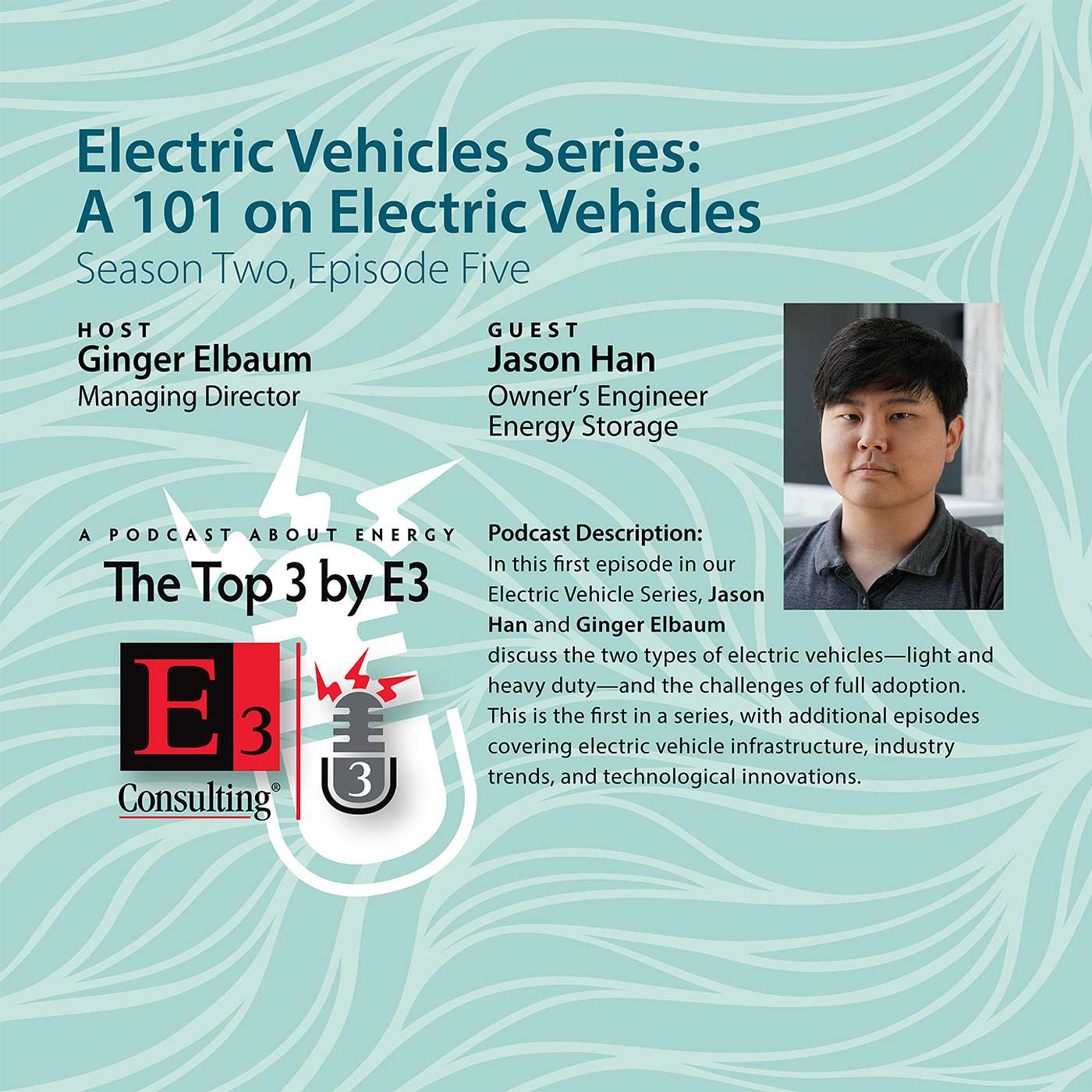 A 101 on Electric Vehicles
13:05
A 101 on Electric Vehicles
13:05
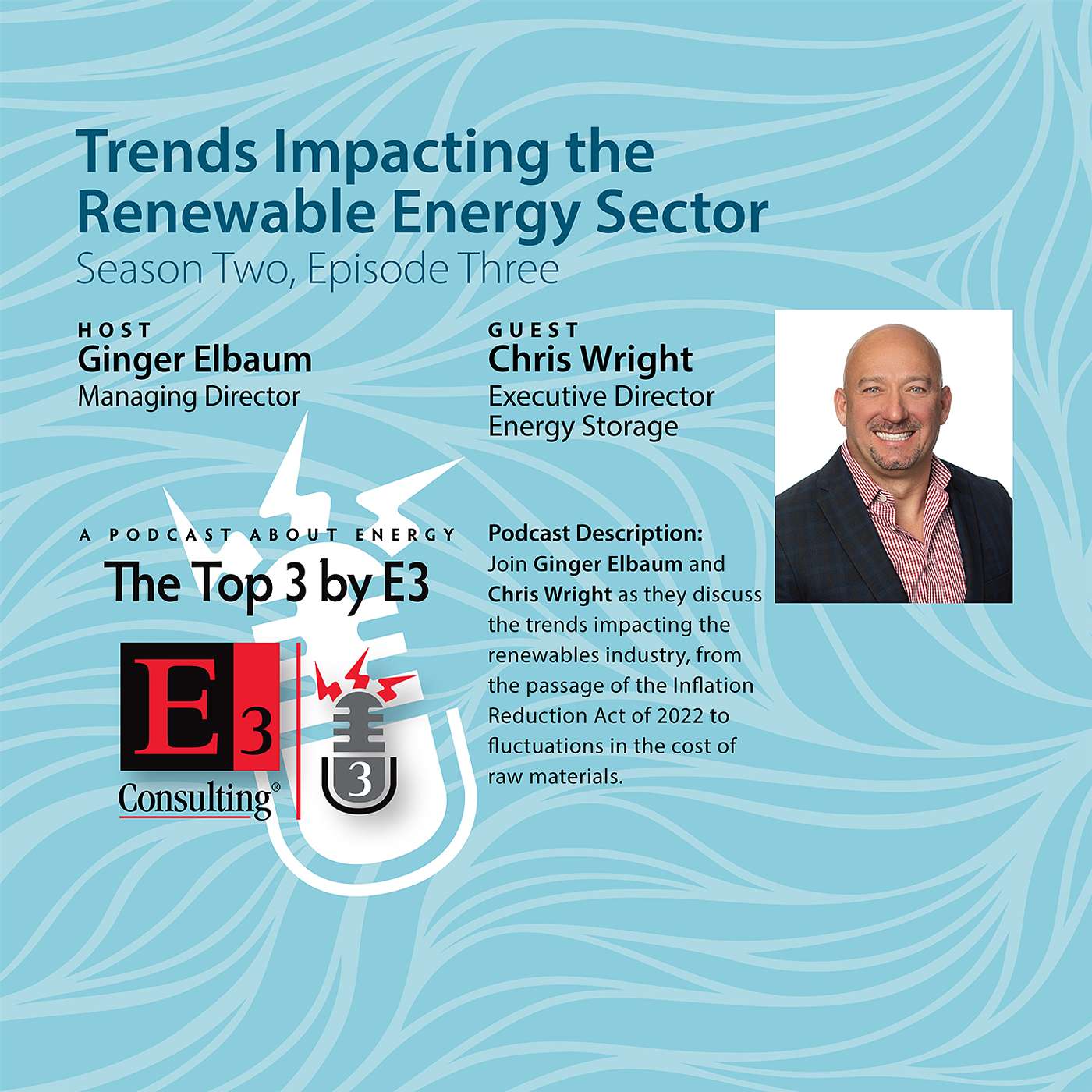 Trends Impacting the Renewable Energy Sector
11:44
Trends Impacting the Renewable Energy Sector
11:44
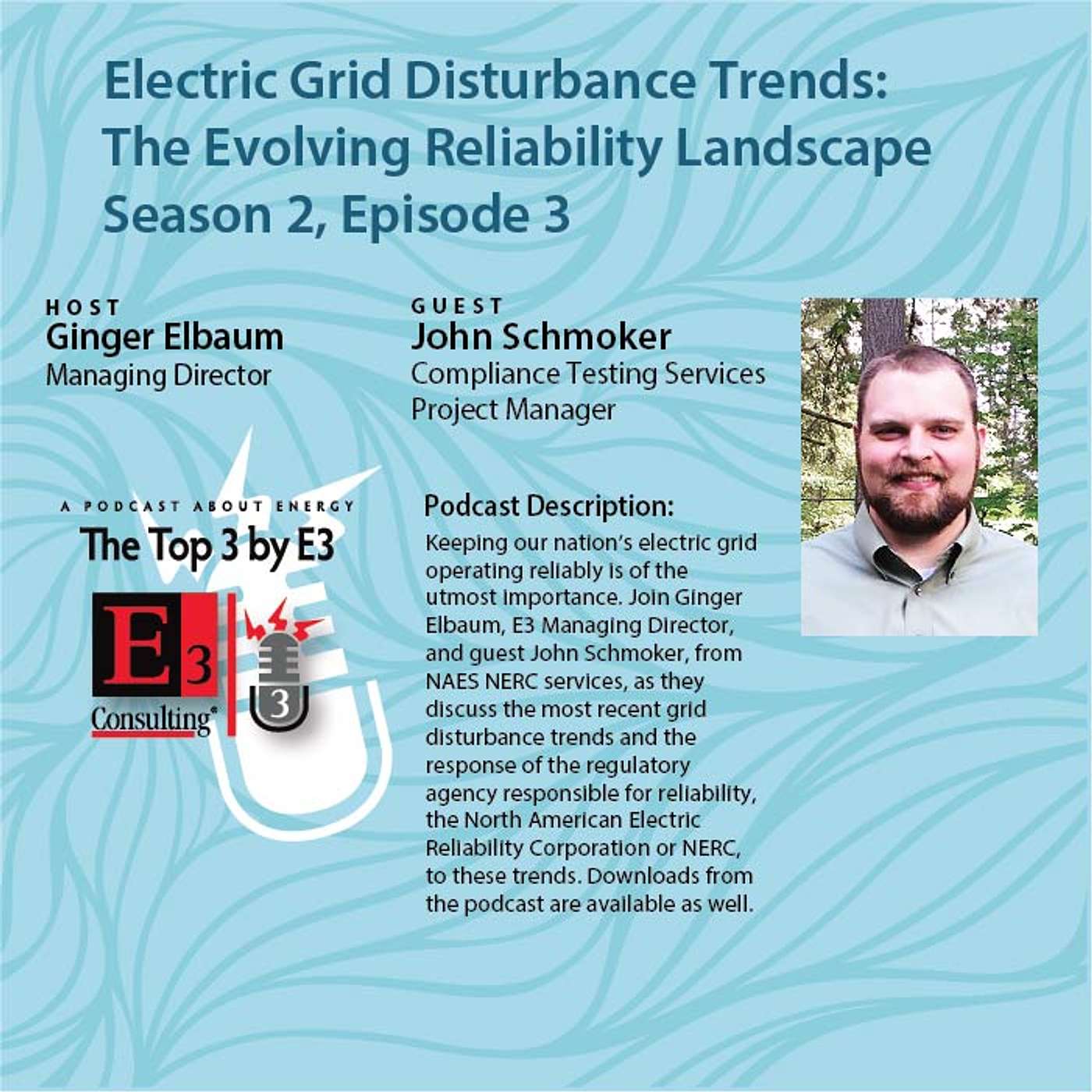 Electric Grid Disturbance Trends: The Evolving Reliability Landscape
20:16
Electric Grid Disturbance Trends: The Evolving Reliability Landscape
20:16
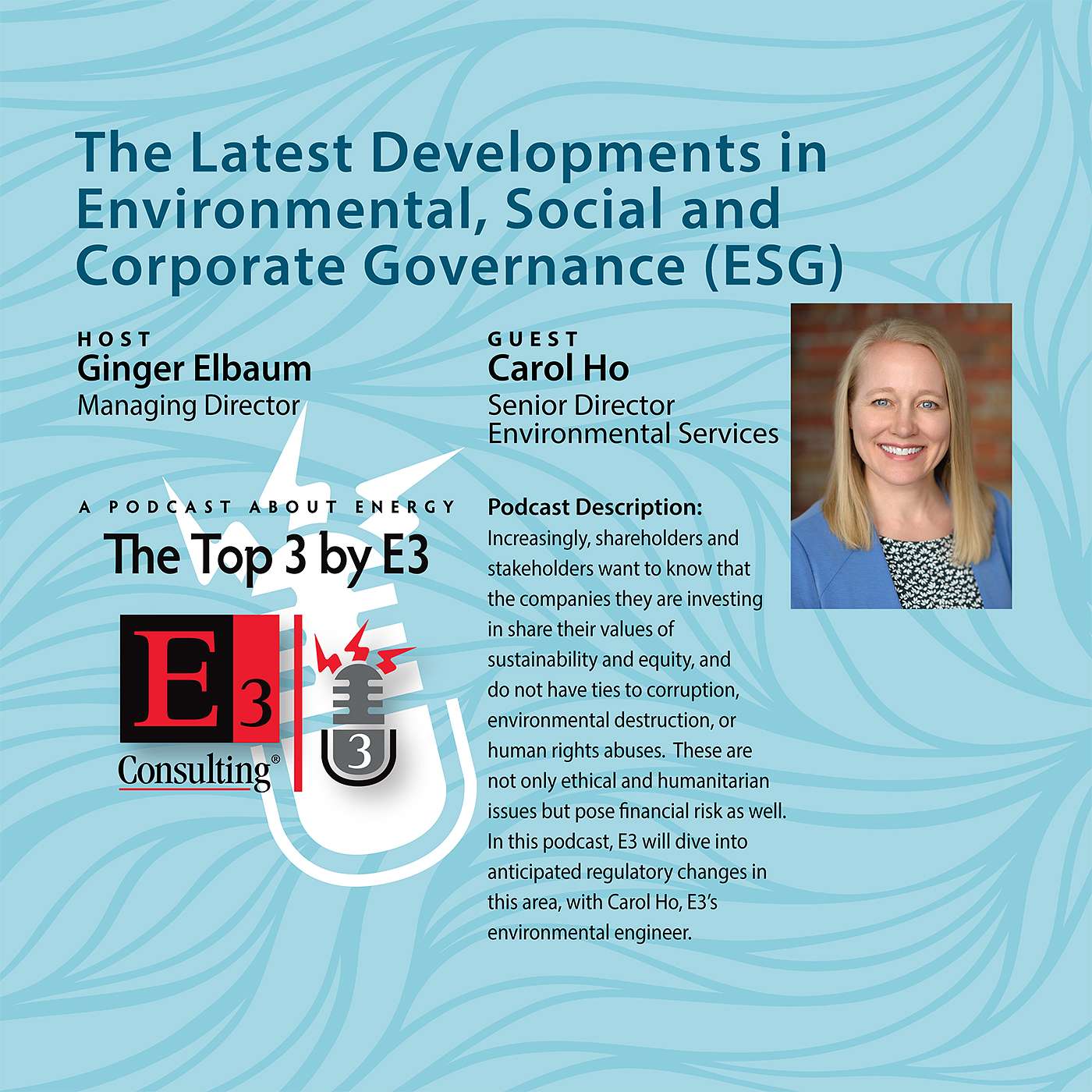 The Latest Developments in ESG
15:46
The Latest Developments in ESG
15:46
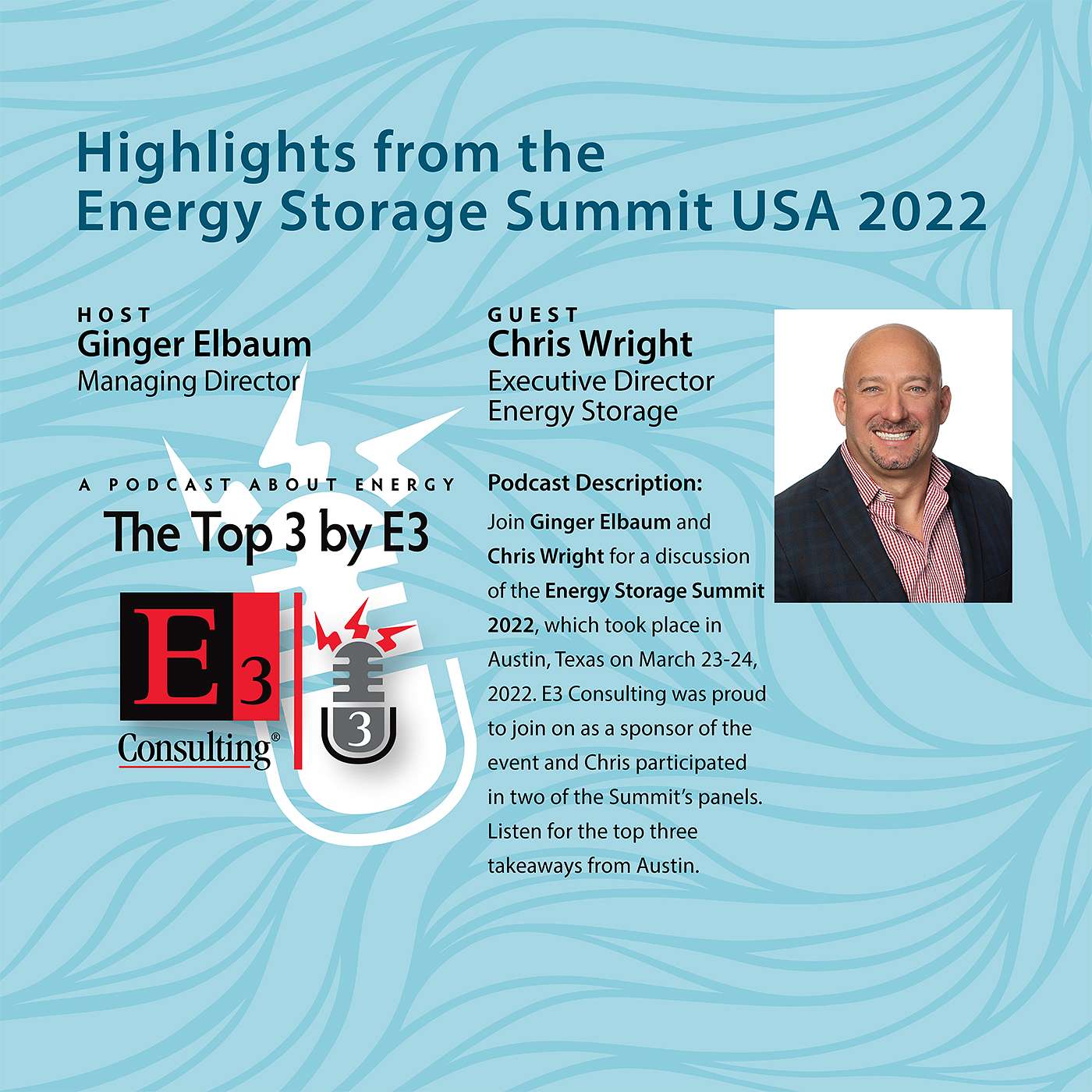 Highlights from the Energy Storage Summit 2022
9:44
Highlights from the Energy Storage Summit 2022
9:44
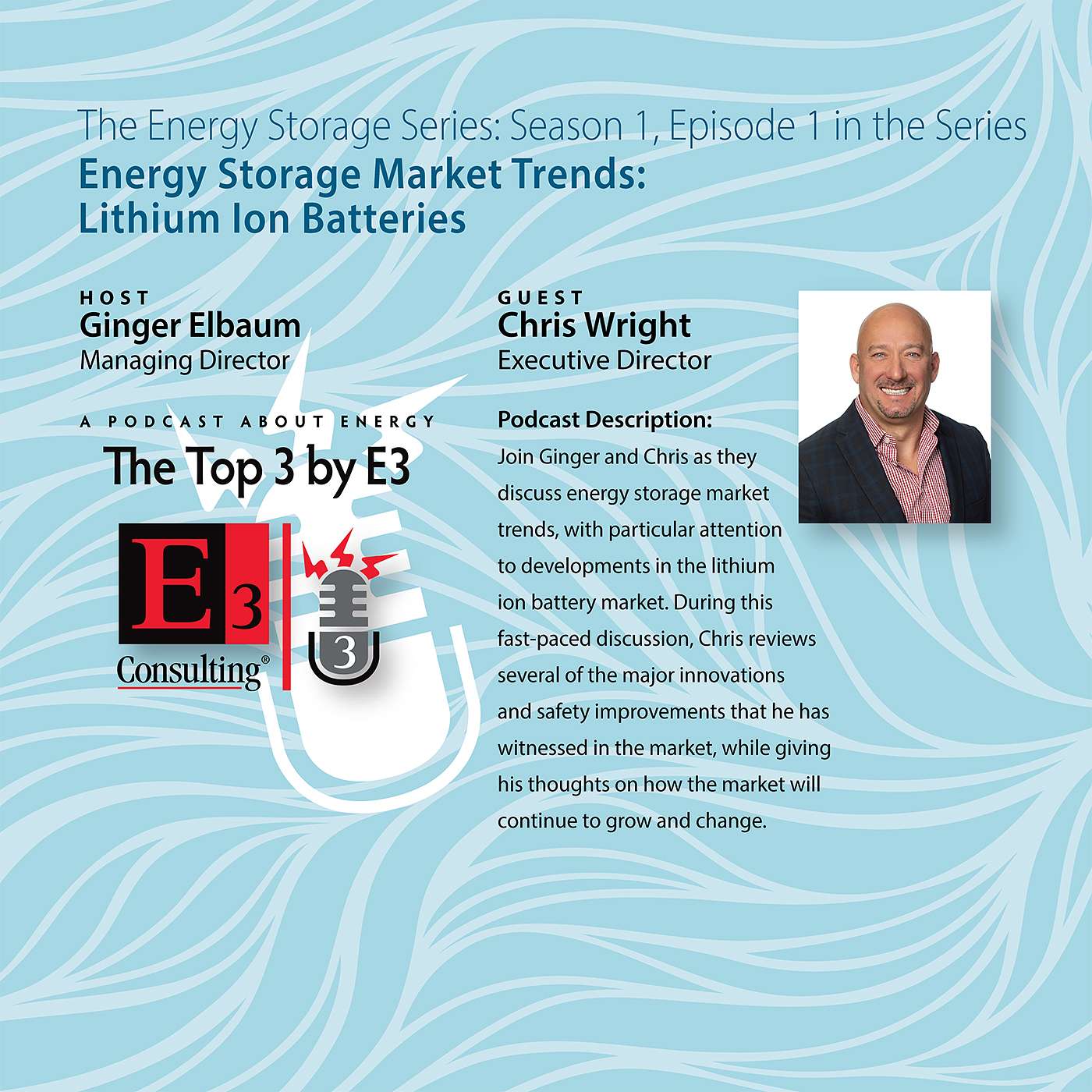 Energy Storage Market Trends: Lithium-Ion Batteries
18:08
Energy Storage Market Trends: Lithium-Ion Batteries
18:08
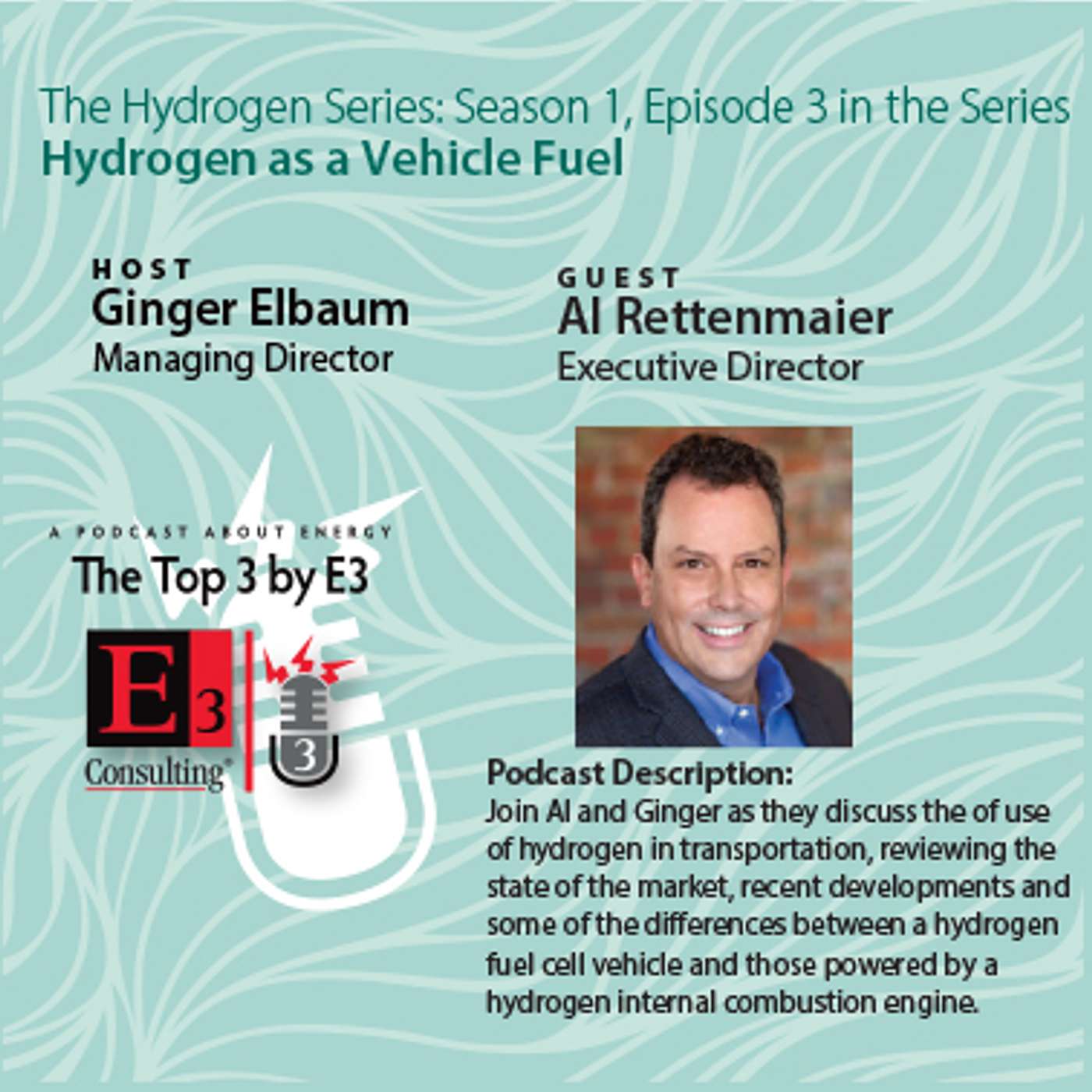 Hydrogen as a Vehicle Fuel
12:38
Hydrogen as a Vehicle Fuel
12:38
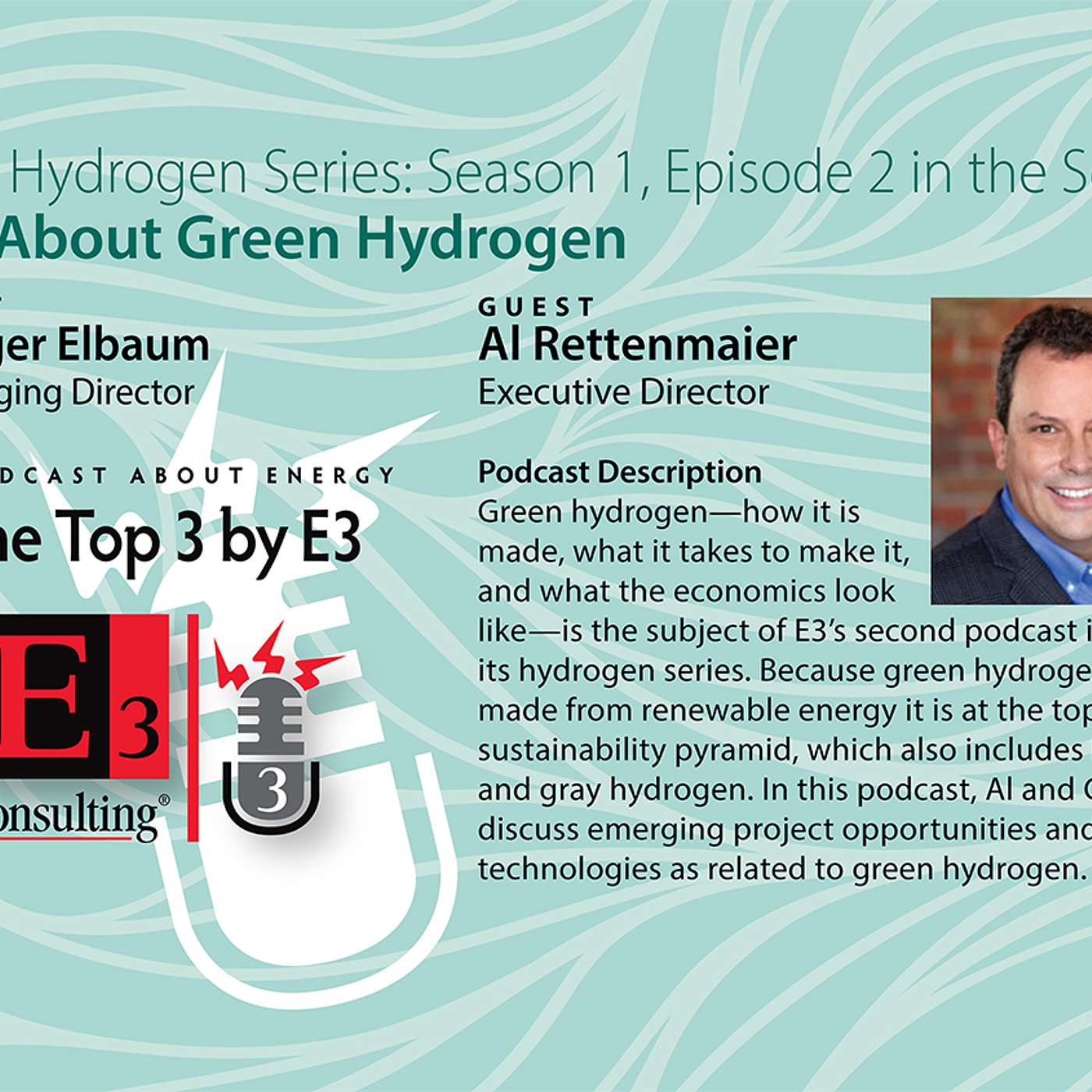 Green Hydrogen: What's it All About?
15:28
Green Hydrogen: What's it All About?
15:28
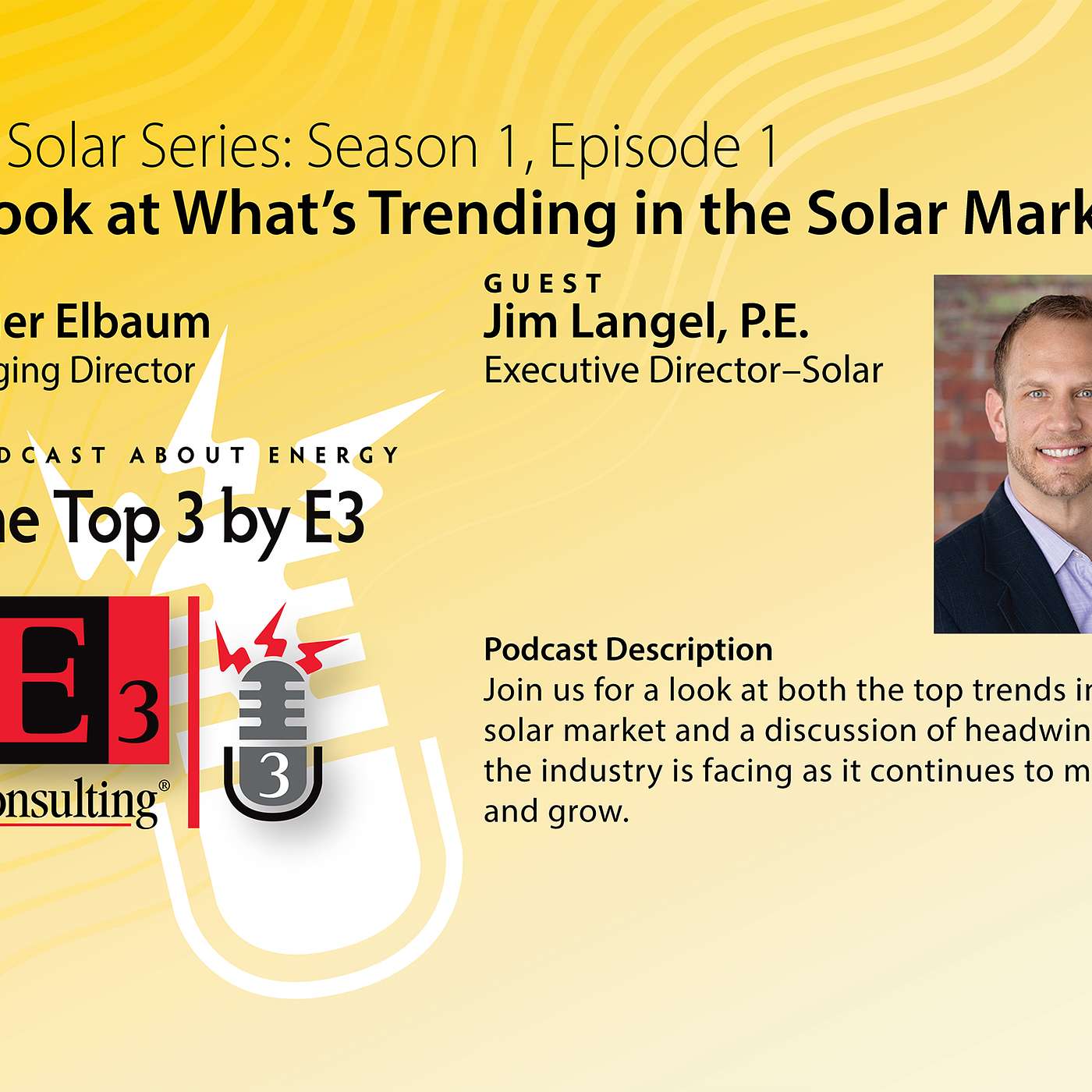 A Look at Trends in the Solar Market
13:15
A Look at Trends in the Solar Market
13:15
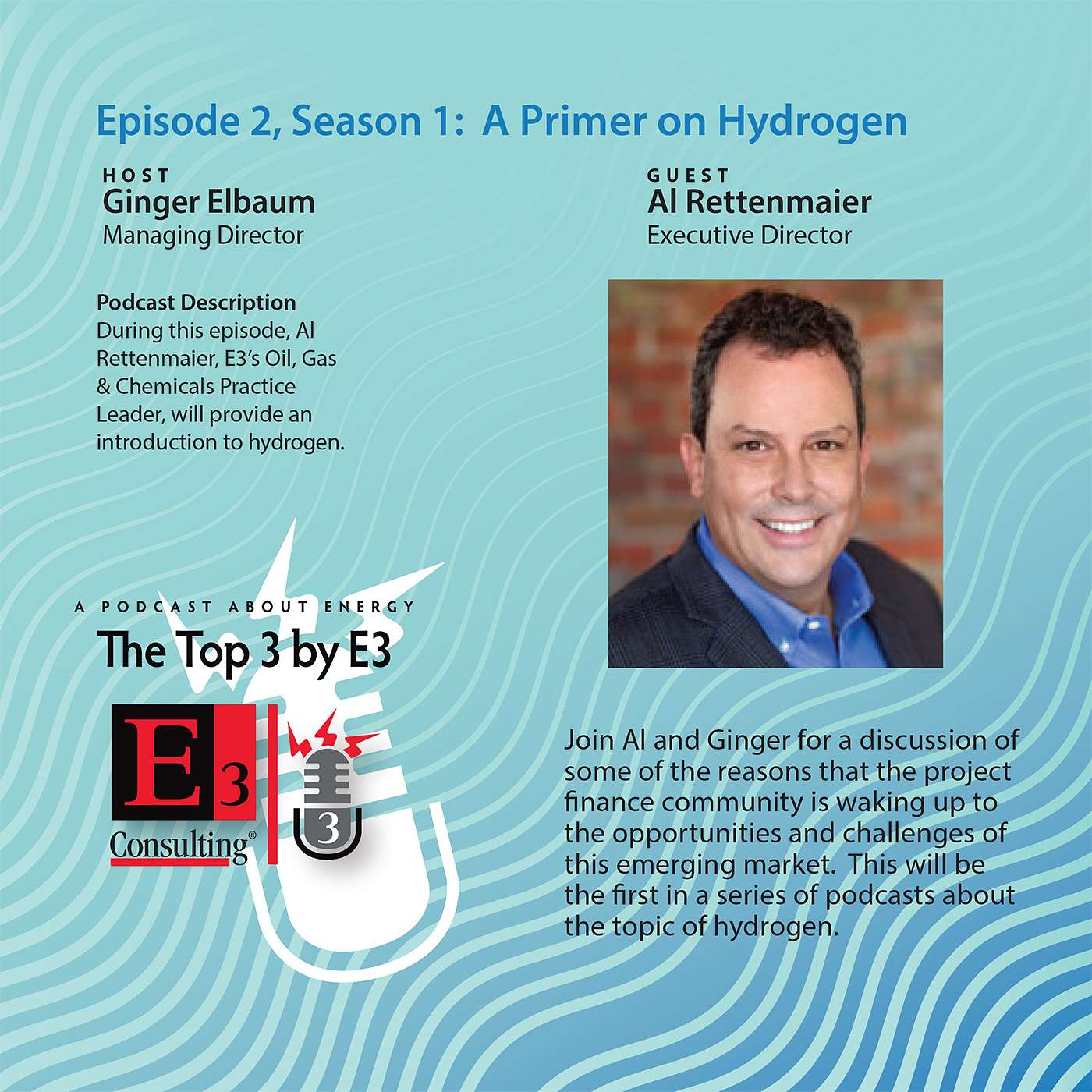 A Primer on Hydrogen with Al Rettenmaier
15:46
A Primer on Hydrogen with Al Rettenmaier
15:46
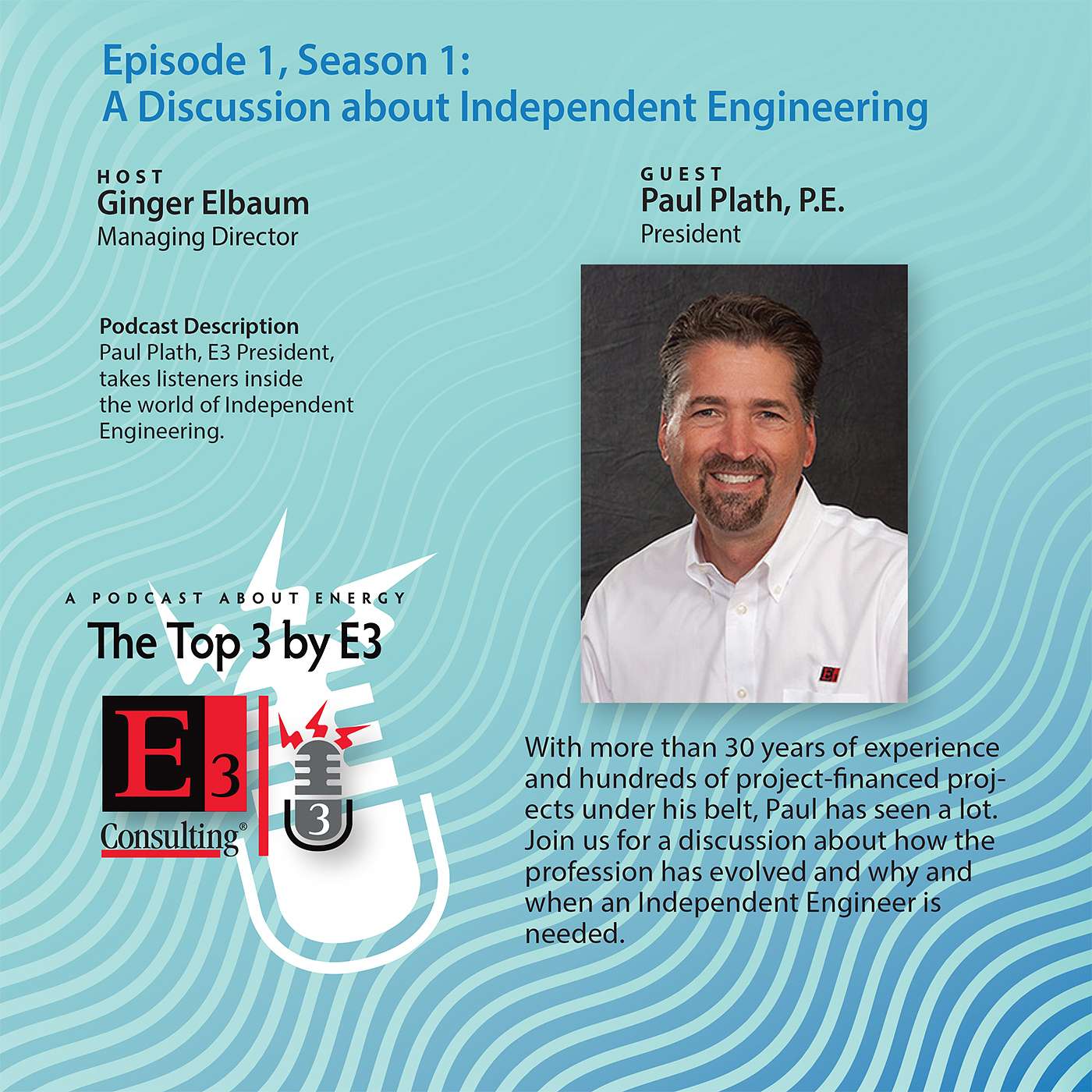 A Discussion About Independent Engineering with Paul Plath, President of E3 Consulting
26:05
A Discussion About Independent Engineering with Paul Plath, President of E3 Consulting
26:05
 Wind Power and Wildlife
13:04
Wind Power and Wildlife
13:04
